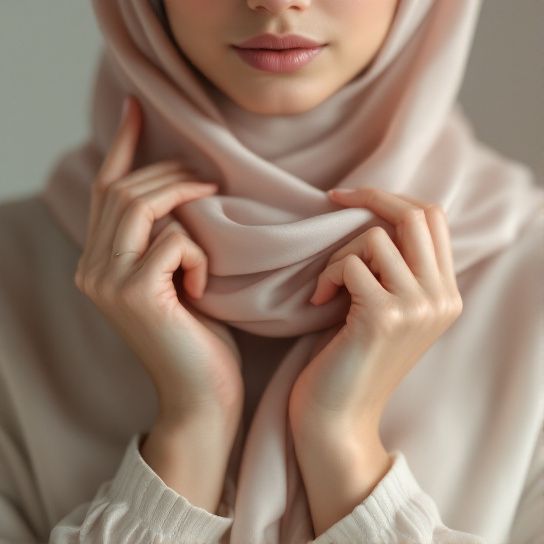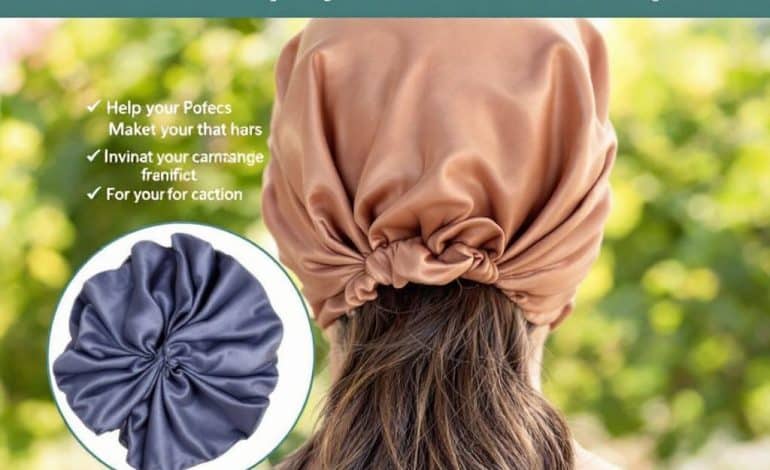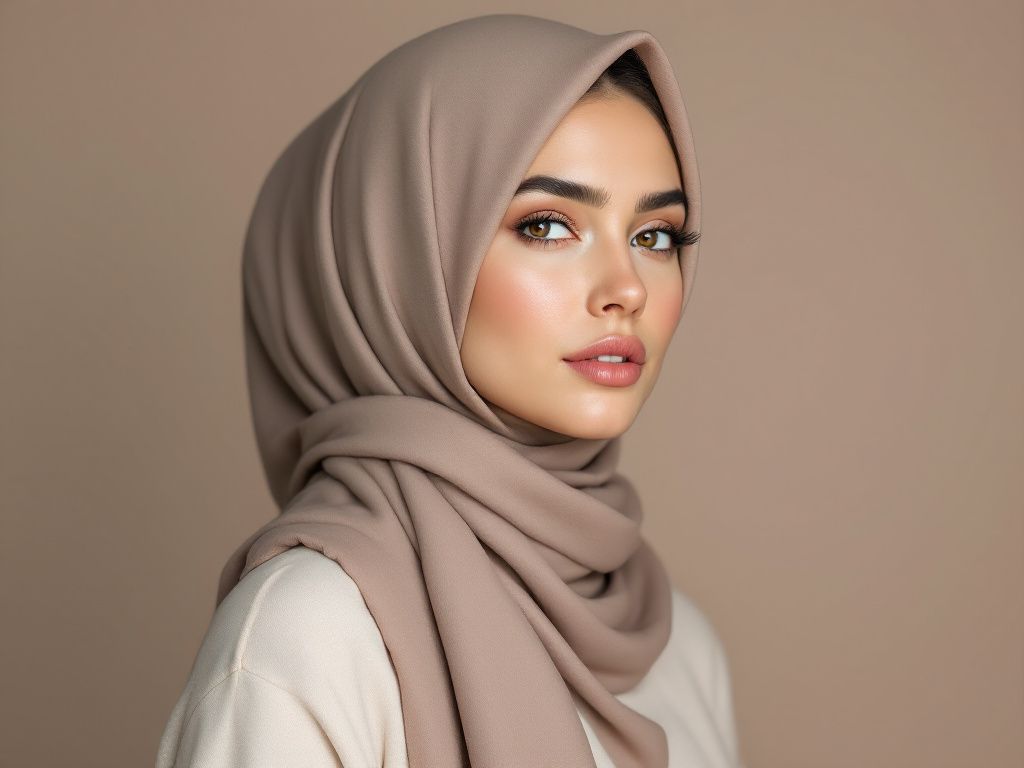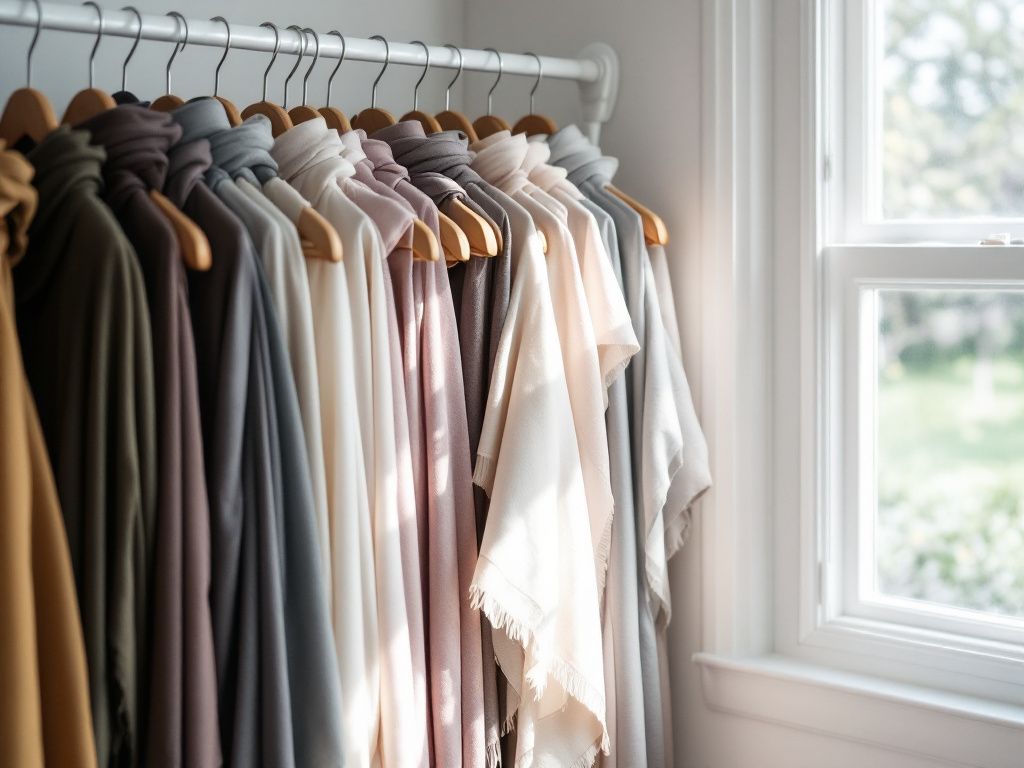[Authentic Beauty] Embracing Confidence as a Hijabi Woman
![[Authentic Beauty] Embracing Confidence as a Hijabi Woman](https://mohajba.com/wp-content/uploads/2025/04/hijab_confidence_feature-770x470.jpg)
In a rapidly evolving world that places tremendous emphasis on appearance, embracing one’s authenticity can often seem daunting. This journey is especially unique and empowering for hijabi women who navigate the complexities of modern beauty ideals while adhering to their personal and religious beliefs. The hijab is more than just a piece of clothing; it symbolizes dignity, modesty, and empowerment. But how does wearing the hijab bolster a woman’s confidence, and how can this confidence be nurtured effectively?
Understanding the Hijab and Its Significance
The hijab is a veil worn by many Muslim women that typically covers the hair, neck, and sometimes the shoulders. Beyond its physical aspects, the hijab signifies a commitment to modesty, privacy, and morality. It serves as an identity marker, celebrating faith and cultural heritage.
Historical Context and Cultural Dimensions
Historically, the hijab dates back centuries, with roots intertwining within various cultural and religious contexts. While interpretations and practices vary across regions, the core values often overlap – promoting modesty and an internal sense of spiritual connection. In regions like the Middle East, South Asia, and parts of Africa, the hijab is widely embraced. Its prevalence in Western societies has grown due to increased awareness and a greater number of Muslim immigrants enriching the cultural diversity of these nations.
The Psychological Impact of Wearing a Hijab
Research underscores that attire profoundly impacts psychological wellbeing and self-esteem. A study published in the “Journal of Psychology” found that clothing not only affects how individuals feel about themselves but also how they are perceived by others ([source](https://www.jsnop.com)). The act of wearing the hijab can initially incite feelings of self-consciousness, especially in environments where it is not commonplace. However, many women report an enhanced sense of security and personal coherence, fostering inner confidence.

Hijab and Self-Esteem: The Synergy
Confidence as a hijabi woman is built on the intertwined foundations of self-esteem and intrinsic motivation. Self-esteem, the evaluative perception of one’s self-worth, is critically enhanced when personal values and outward actions align. The hijab becomes a representation of this alignment.
Building Confidence: A Step-by-Step Approach
- Knowledge Acquisition 📚
- Educational Empowerment: Educating oneself about the religious, cultural, and historical significances of the hijab can profoundly increase appreciation and pride. Understanding the reasons behind the practice enriches the conviction with which one wears it.
- Fostering Resilience: Learning about other hijabi women’s experiences, through biographies or social platforms like YouTube and Instagram, can help build resilience against societal pressures.
- Community and Support Systems
- Networking with Fellow Hijabis: Engaging with community groups or online forums provides an invaluable support system. For instance, platforms like the Muslimah Bloggers Directory encourage knowledge sharing and emotional support.
- Empowerment Initiatives: Many organizations, such as Modest Fashion Weeks, celebrate hijabi narratives, cultivating a shared sense of pride and celebration of diversity.
- Personal Development
- Skill-Based Self-Esteem: Enhancing skills in fields like public speaking or creative arts not only builds career prospects but also personal confidence. Hijabi women excelling in diverse domains serve as role models, reinforcing positive self-perceptions.
Modest Fashion: A Reflection of Confidence
Modest fashion, integrating hijabs with aesthetic modernity, is a testament to creativity and empowerment. This billion-dollar industry showcases how the hijab is not a barrier to stylishness but rather a testament to diversity in fashion. Major brands like Dolce & Gabbana and Nike have introduced modest lines, spotlighting hijabi fashion as mainstream, thereby normalizing it and adding a layer of confidence for wearers.

Real-World Scenarios and Professional Insights
Case Study: The Empowerment Journey of Dina Torkia
Dina Torkia, a British-Egyptian fashion designer and blogger, has become a monumental figure in hijabi fashion. Through her digital platforms, she shares personal insights and fashion tips, showcasing how individuality thrives within the framework of modesty. Her journey reflects authenticity, encouraging hijabi women worldwide to embrace self-expression harmoniously.
Best Practices for Cultivating Hijab Confidence
- Authenticity Over Perfection
- Understanding that imperfection is part of human nature can alleviate pressures. Authenticity focuses on genuine expression rather than conforming to unrealistic ideals.
- Role Models and Mentorship
- Engaging with mentors who have navigated similar experiences enriches learning and offers perspectives that might not be readily apparent. Initiatives such as the “Girls Who Code” programs educate and mentor young hijabi women in technological fields, enhancing their self-efficacy.
- Mental Health Awareness
- Awareness and acceptance of mental health needs are crucial. Engaging with counselors or psychologists who are culturally aware and responsive can transform challenges into opportunities for growth.
Embracing Diversity: Steps Towards a More Inclusive Society

Societal perceptions play a significant role in shaping the experiences of hijabi women. Educational initiatives within workplaces and communities can foster inclusivity and understanding. The celebration of International Hijab Day on February 1st exemplifies efforts to promote global awareness and acceptance, encouraging a paradigm shift towards respect and empathy.
Strategic Recommendations for Organizations
- Diversity Training Programs: Implement cultural competency training focusing on understanding diverse attire choices like the hijab.
- Policy Inclusion: Incorporate specific policies that protect and celebrate hijabi presence within workplaces.
- Platform Provision for Voices: Encourage and provide platforms for hijabi women to share experiences and insights, fostering mutual understanding and enrichment.
Conclusion
Embracing confidence as a hijabi woman involves a multifaceted engagement with one’s identity, values, community, and personal goals. By grounding at the intersection of authenticity and modesty, hijabi women are not only embracing their unique beauty but are also contributing profoundly to cultural diversity and inclusivity in society. As communities and industries continue evolving, fostering an ethos of respect and appreciation towards hijabi women will ensure they continue to thrive confidently in every facet of life.
In doing so, these efforts not only enrich individual lives but stimulate broader societal growth and understanding, celebrating authentic beauty in its most expansive form. 🌟
Frequently Asked Questions
What are the benefits of using a hair mask in my hair care routine?
Using a hair mask can provide several benefits, including hydration, smoothing, strengthening, curl definition, heat protection, and damage repair. Hair masks infuse the hair with moisture, help coat the hair shaft to seal split ends, reduce breakage, and protect the hair from heat styling and environmental damage[1][4].
What ingredients should I look for in a hair mask?
Effective hair masks often include ingredients such as coconut oil, argan oil, shea butter, honey, avocado oil, green tea, and coconut water. These ingredients provide nourishment, moisturize, and protect the hair, offering benefits like softening, moisturizing, and protecting against damage[2][5].
How often should I use a hair mask in my routine?
You should use a hair mask whenever your hair feels dry, unmanageable, or in need of intense hydration. This can vary depending on your hair type and needs, but generally, using a hair mask once or twice a week can help maintain healthy and moisturized hair[1][4].
How do I apply a hair mask for the best results?
To apply a hair mask effectively, shampoo your hair first, then apply the mask, focusing especially on the ends where hair tends to be the most damaged. Leave the mask on for anywhere from 10 minutes to overnight, depending on the type of mask and your hair’s needs[1][4].
References






